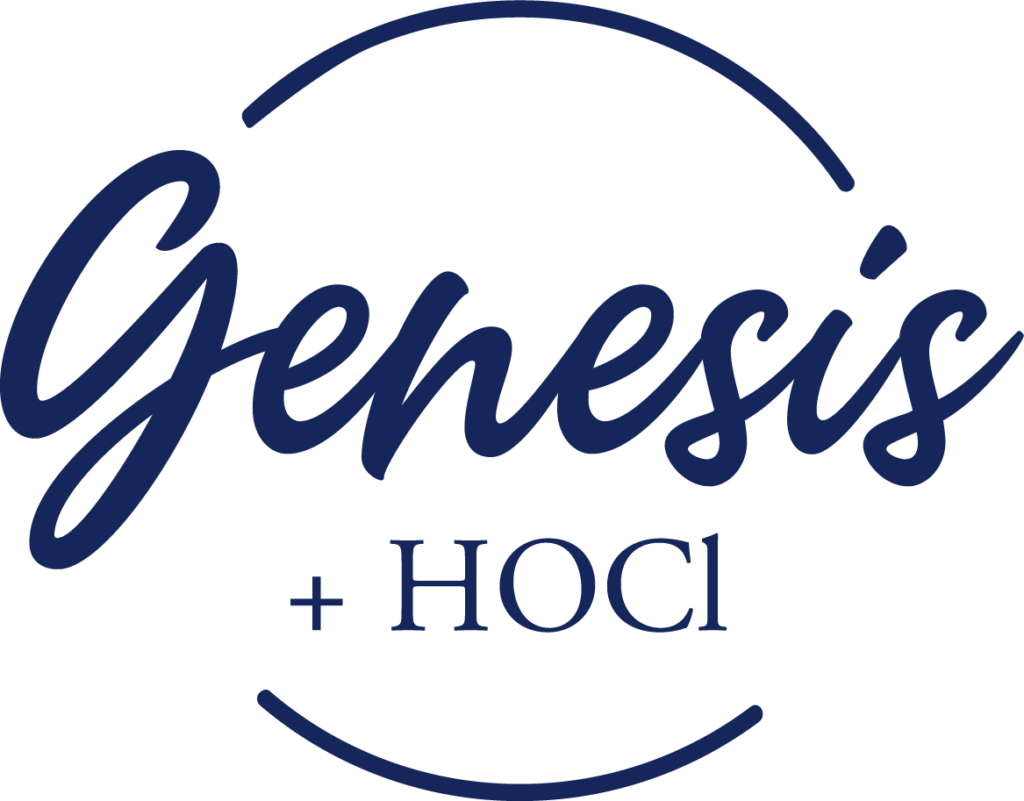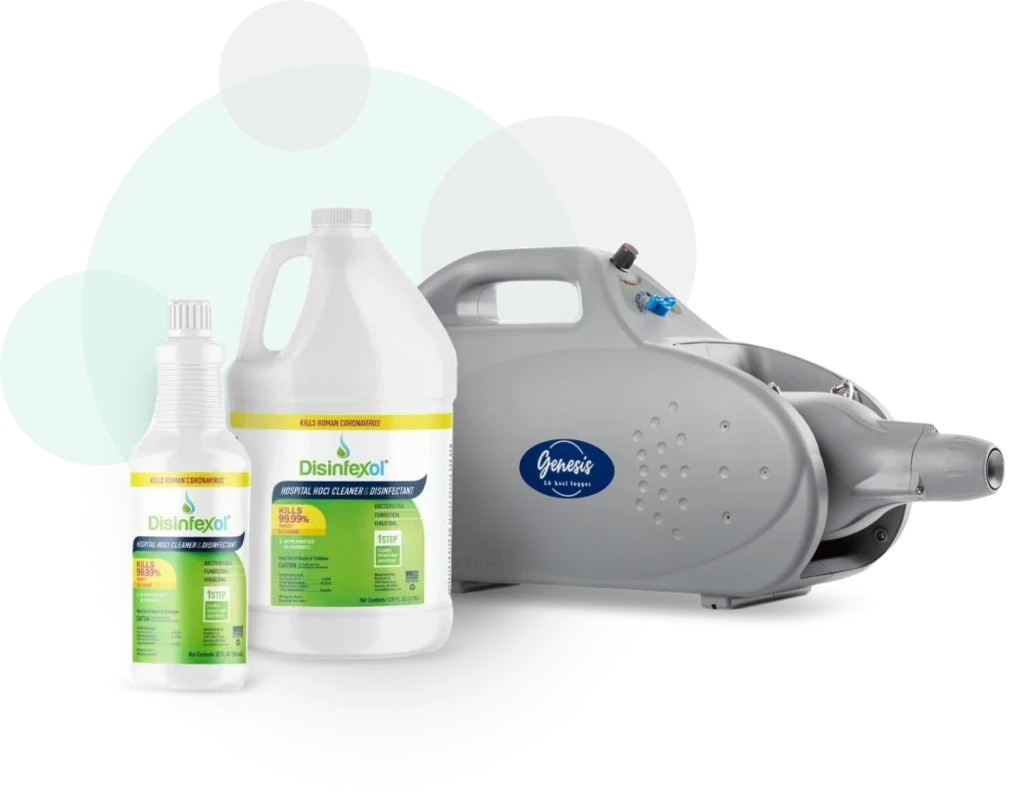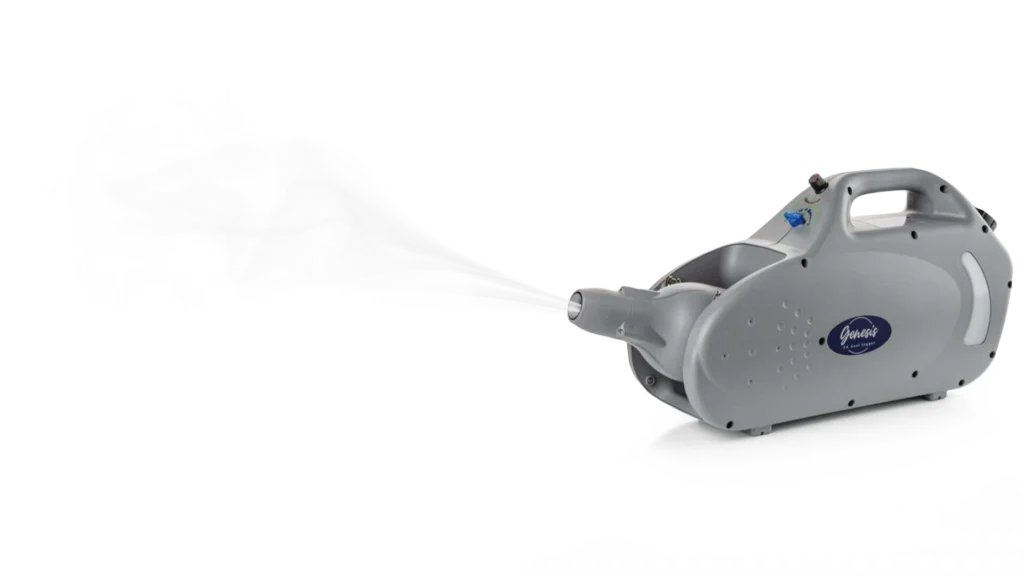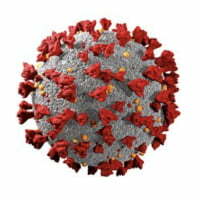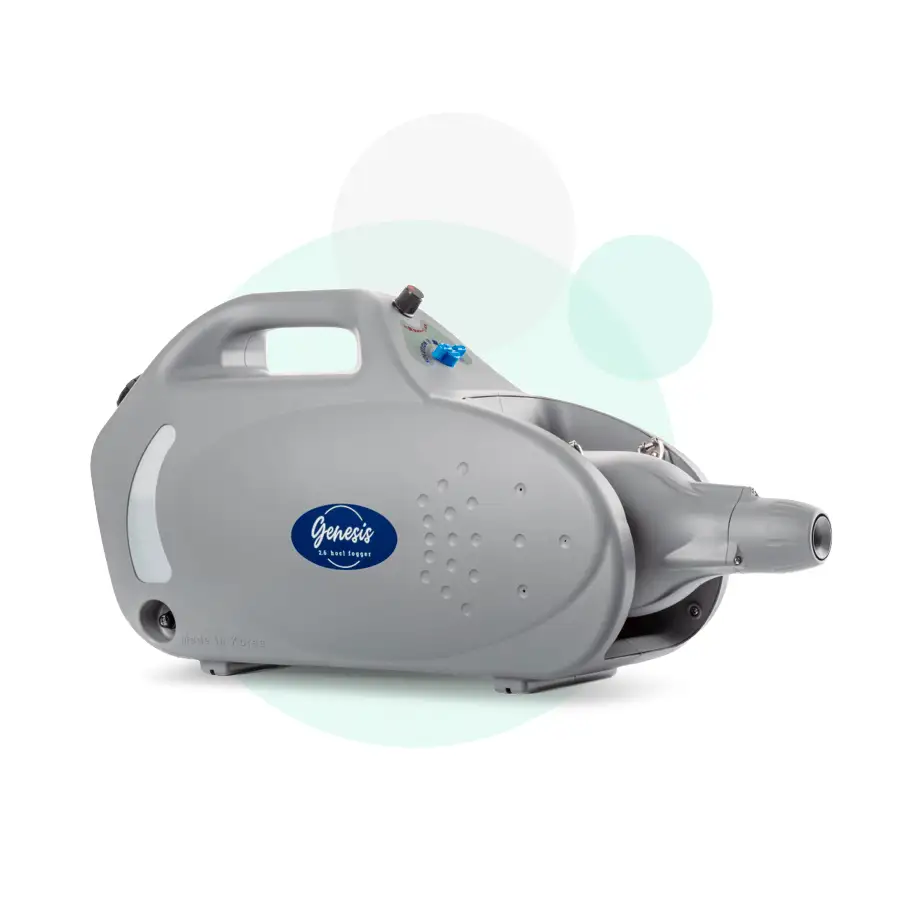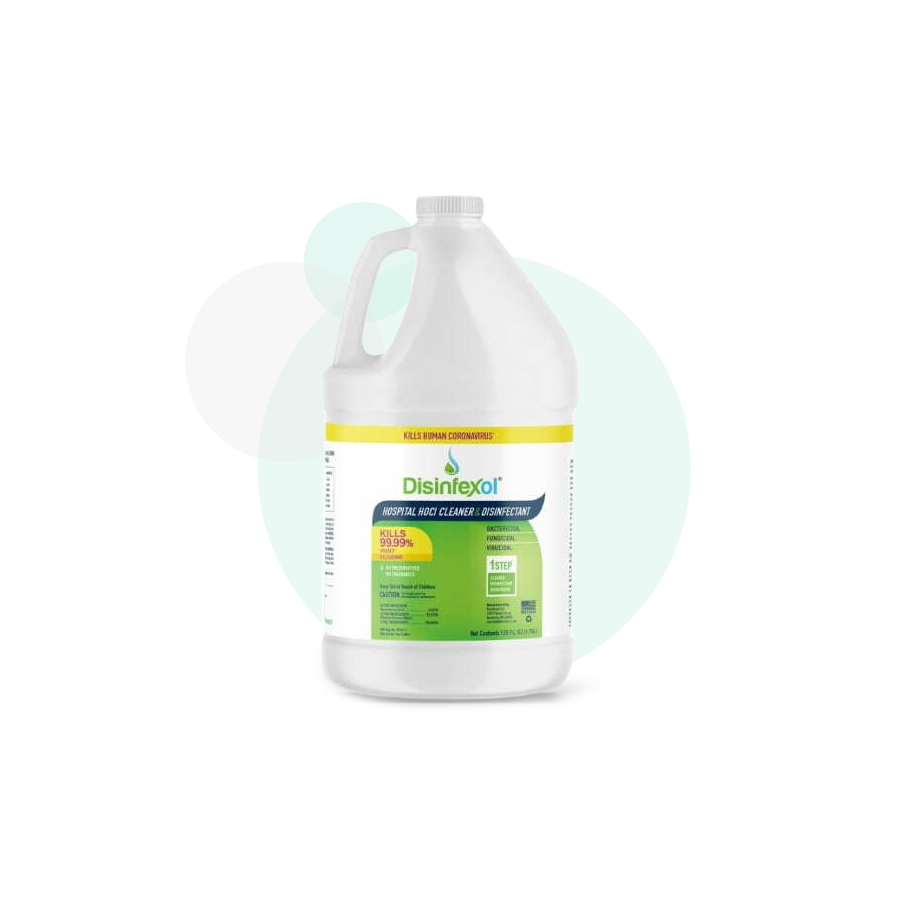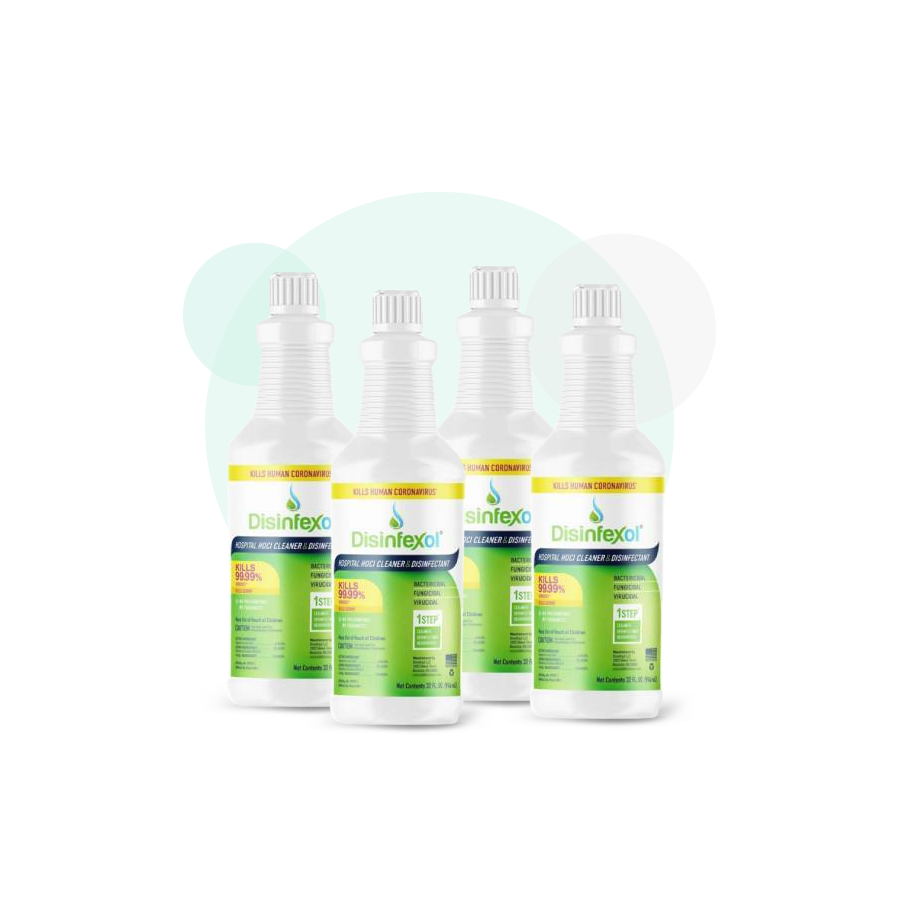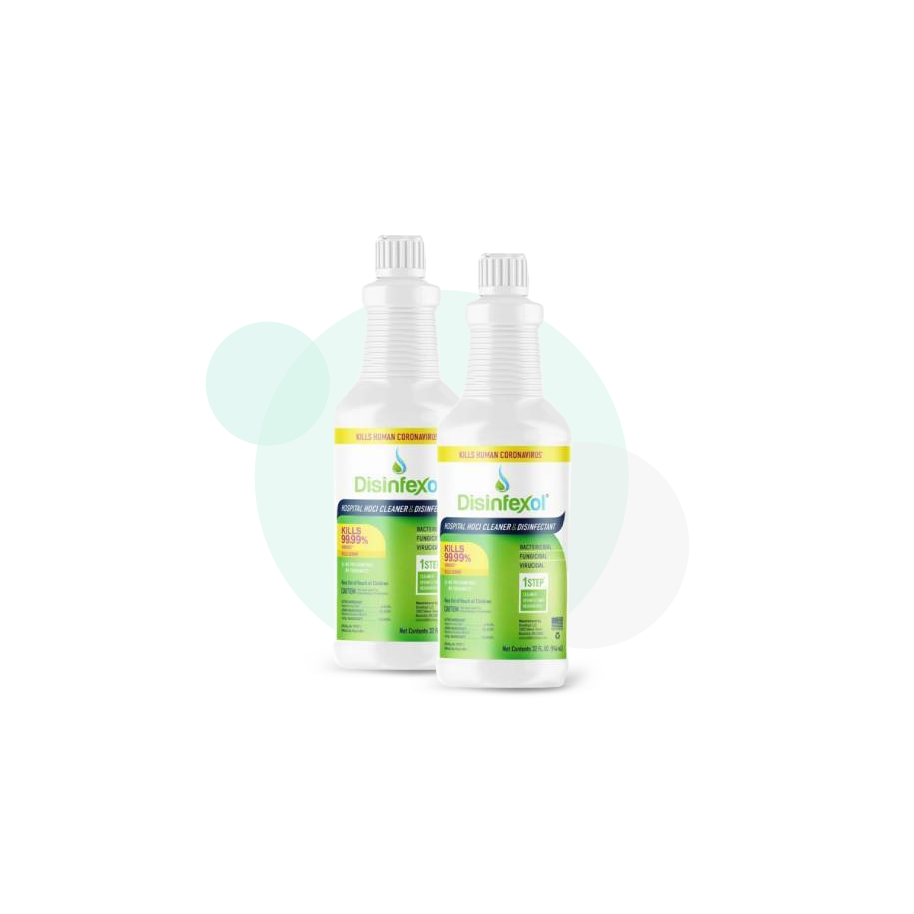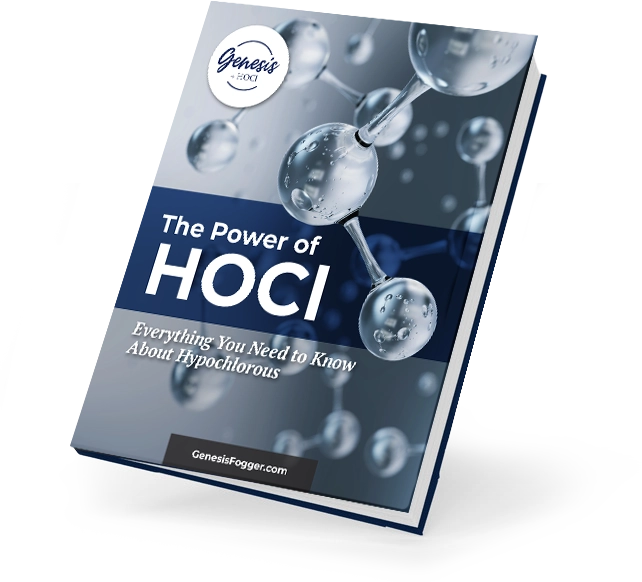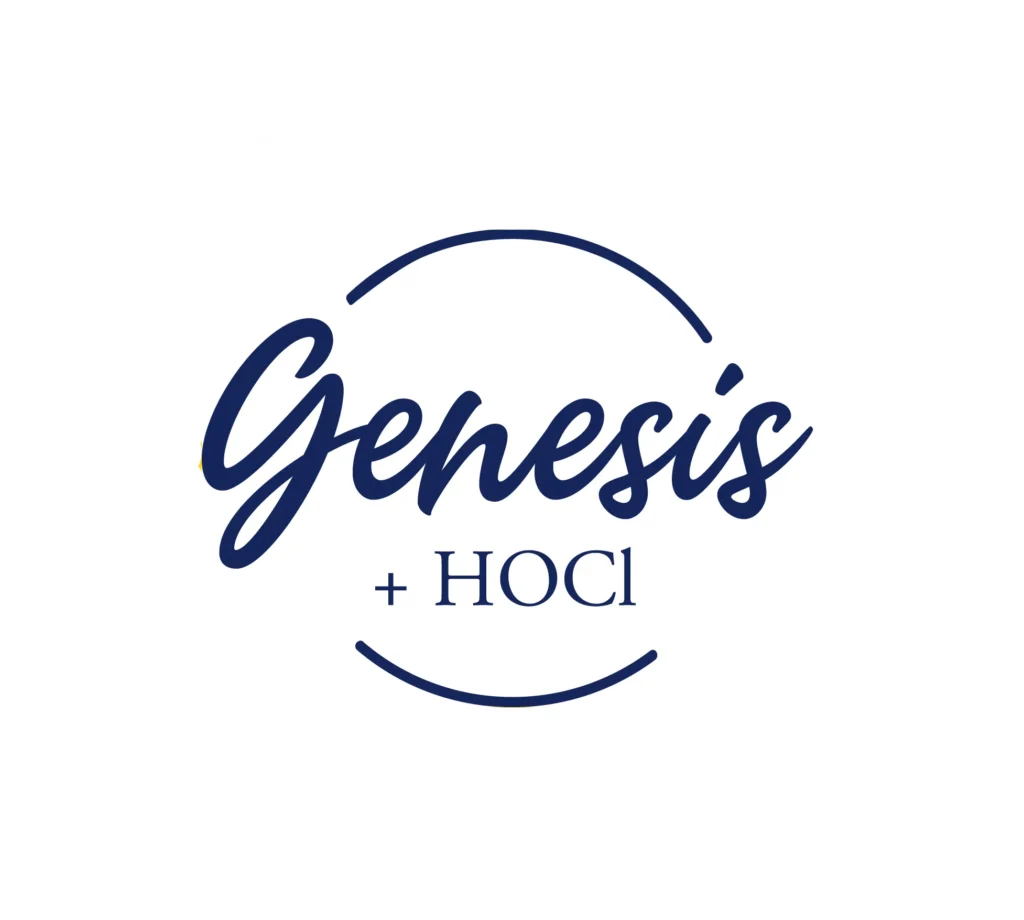Our HOCl is a hospital-grade disinfectant and a ready-to-use spray for non-porous surfaces. (SDS sheet is located in the SHOP section of our website, when added to the cart.)
The ideal concentration for fogging is no stronger than 200 ppm HOCl (no stronger than 2 parts water – distilled is recommended, to 1 part HOCl).
When fogged, surfaces should not be soaking wet. Only a fine mist is needed, which dries in minutes. If surfaces are wet, this indicates the operator is standing too close and that the volume of solution is dialed too high. In this case, stand further away from surfaces and dial back solution. Also, for proper “dry” fogging, keep the fogger moving to avoid over-wetting surfaces.
